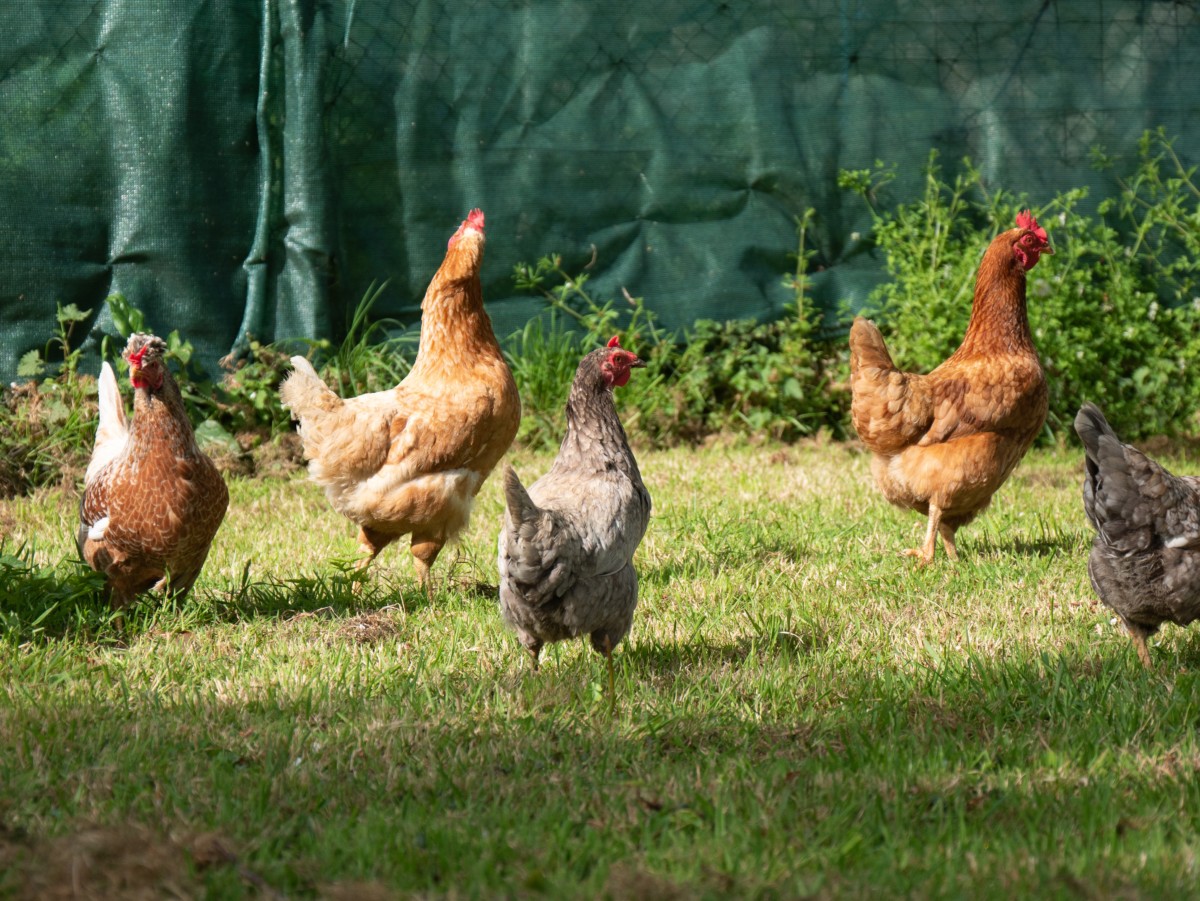

Elevating chickens is gratifying, easy, and a great way to get stylish pure eggs proper out of your yard. It doesn’t embody out some challenges though, and one amongst many most interesting is defending your new pets-with-benefits from hurt.
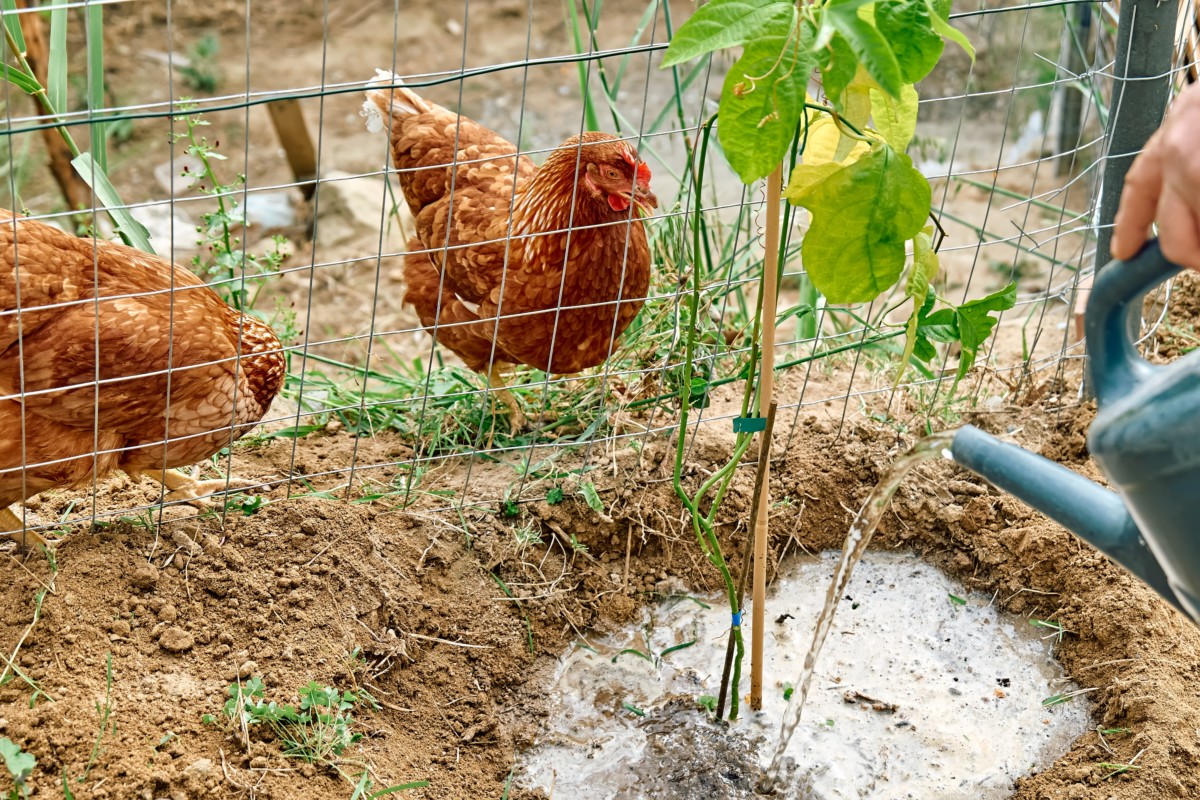
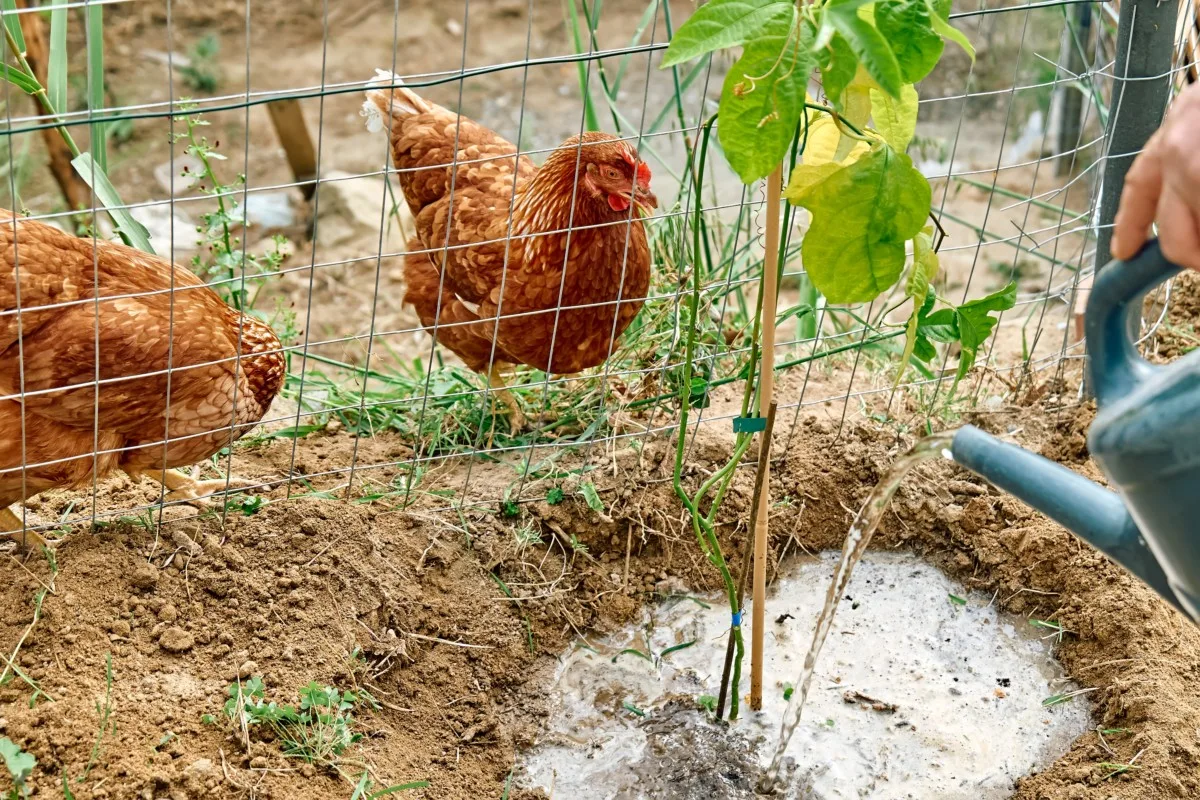
Chickens are omnivores and are very curious by nature, which may very properly be a draw once more in case you free-range your flock. There are lots of crops which might be toxic to chickens, and some of those are so well-liked you seemingly have them rising in your property already.
As a typical rule of thumb, it’s a unbelievable suggestion to not plant these crops in your property in case your chickens come out to free-range. Nonetheless, you might defend the birds and the crops pretty just by fencing off your gardens. Likelihood is you may even want to do this anyway, as chickens are notorious for digging by means of rigorously crafted gardens and consuming no matter they please.
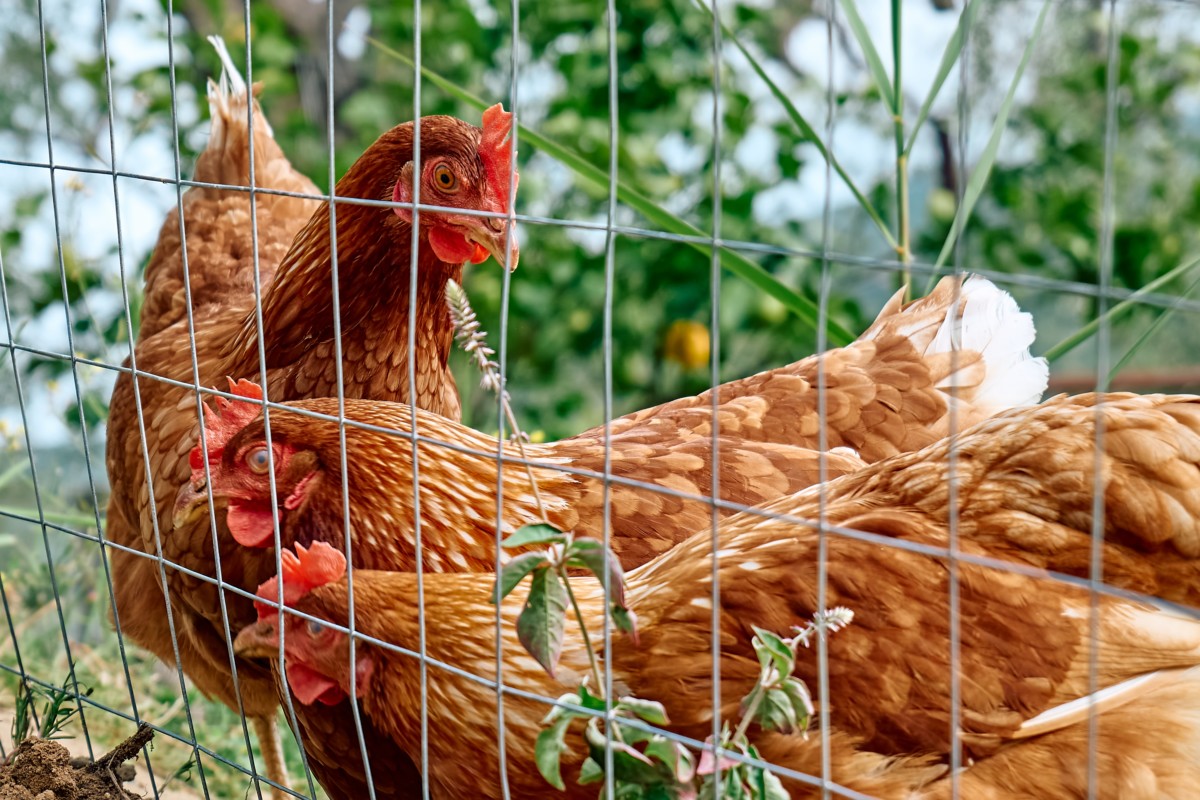
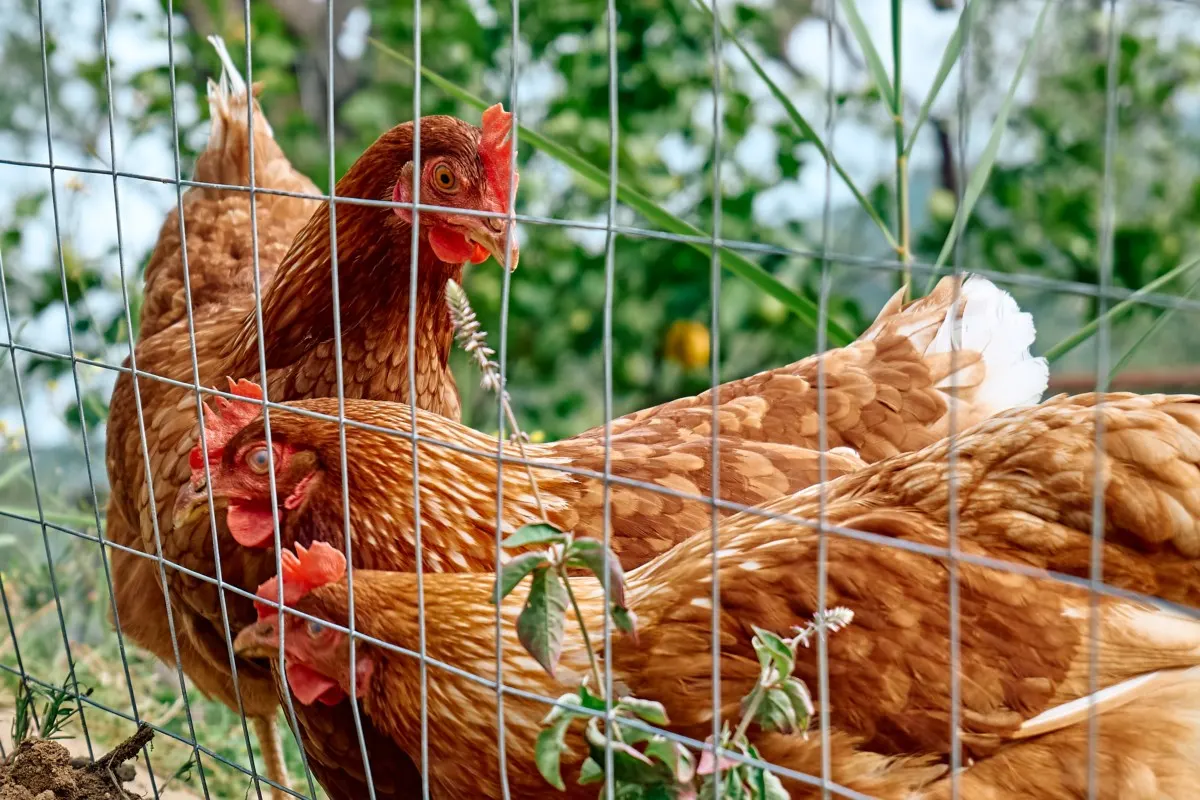
The good news is that almost all chickens have sturdy instincts as to what they should and shouldn’t eat. Some chickens will outright keep away from crops which might be toxic, and some will take a mode as quickly as and by no means strive as shortly as additional.
Some hen breeds are elevated at free-ranging than others, and will naturally keep away from toxic crops. Heritage hen breeds identical to the Dominique, Rhode Island Pink, and Wyandotte are sometimes more adept at free-ranging than loads of of the newer breeds within the market.
Though chickens usually are prone to keep away from toxic crops, there are events after they could very properly be tempted. In case you may be feeding your hen a toxic plant, they’re extra additional vulnerable to eat it, because you’re their trusted meals provider. Chickens may even be extra tempted to eat toxic crops if there aren’t many different decisions spherical, or all through the occasion that they’re terribly hungry.
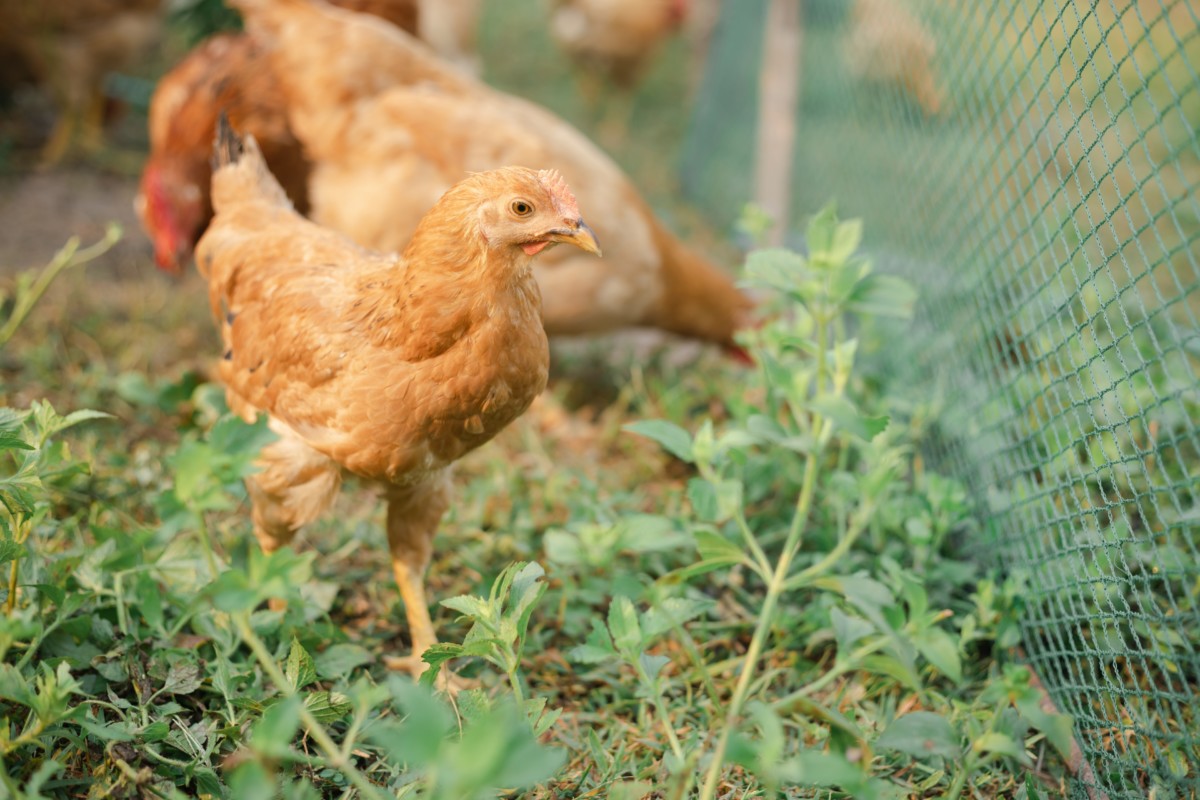
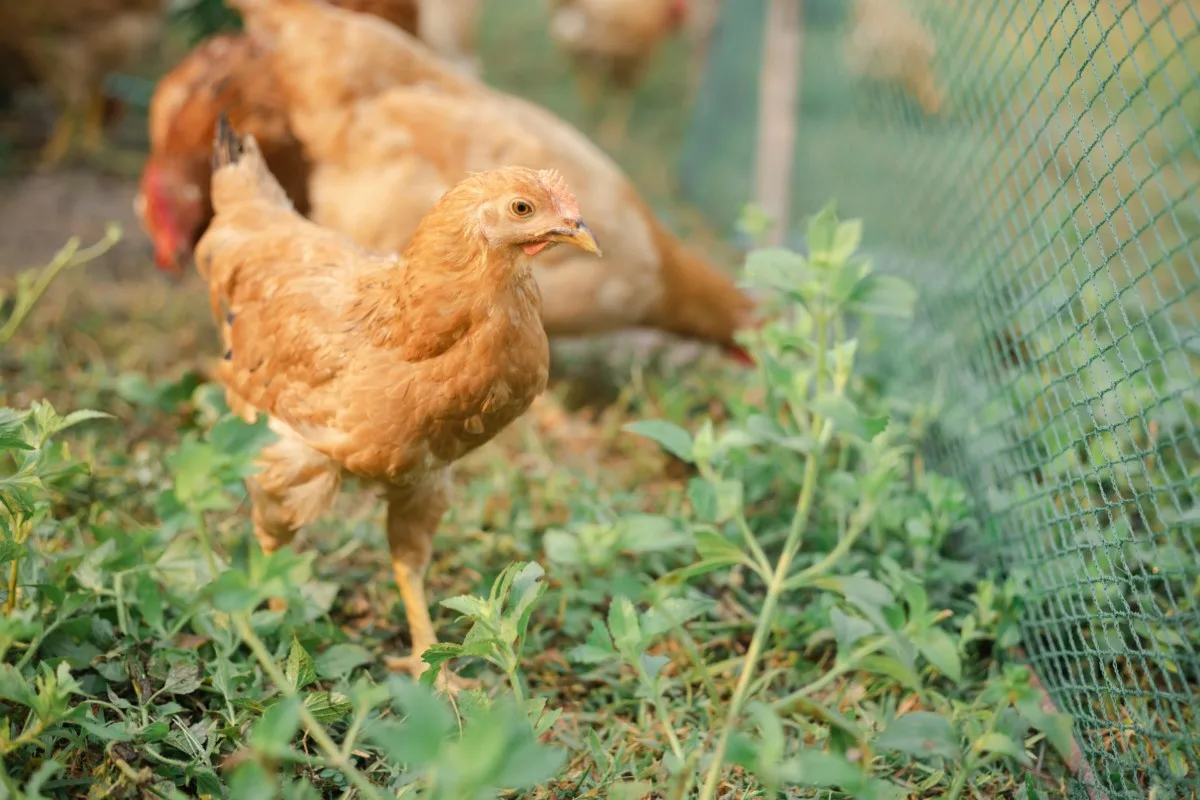
You presumably can keep away from all of this by providing good top quality meals in your flock and giving them various home to free-range with various protected crops to snack on.
Indicators your hen ate a toxic plant
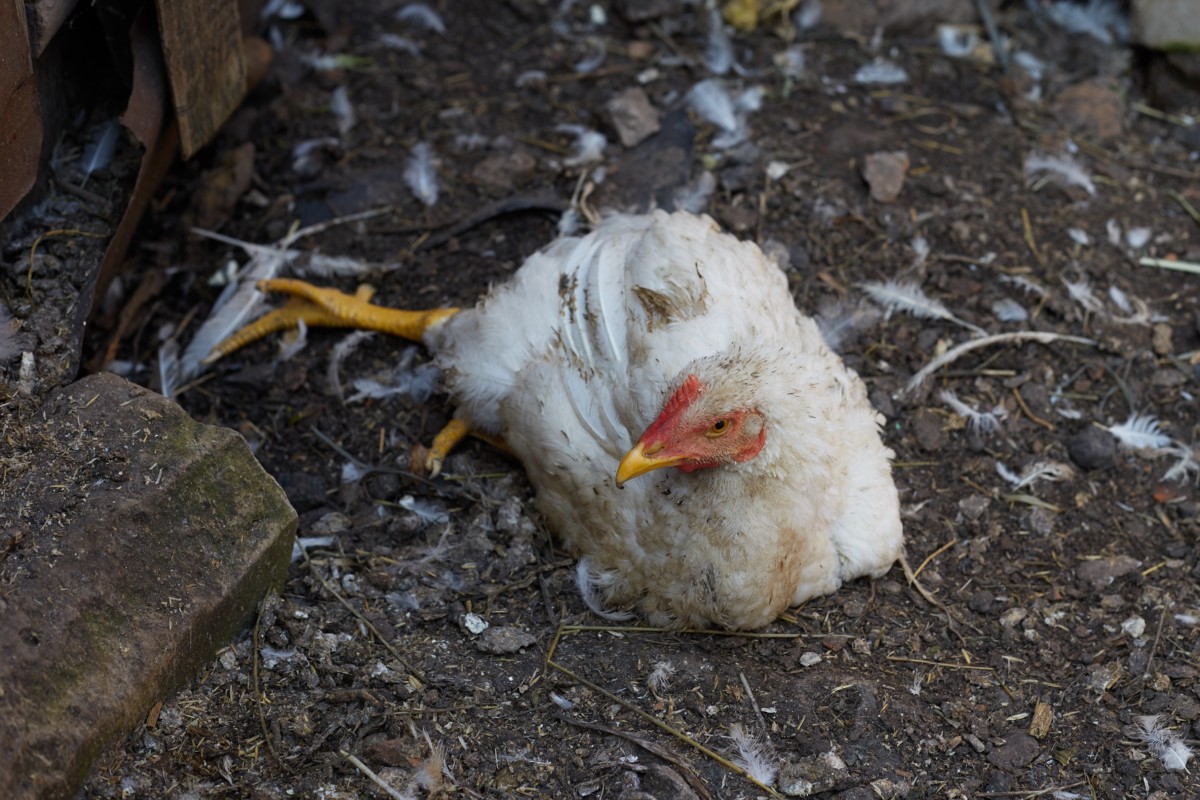
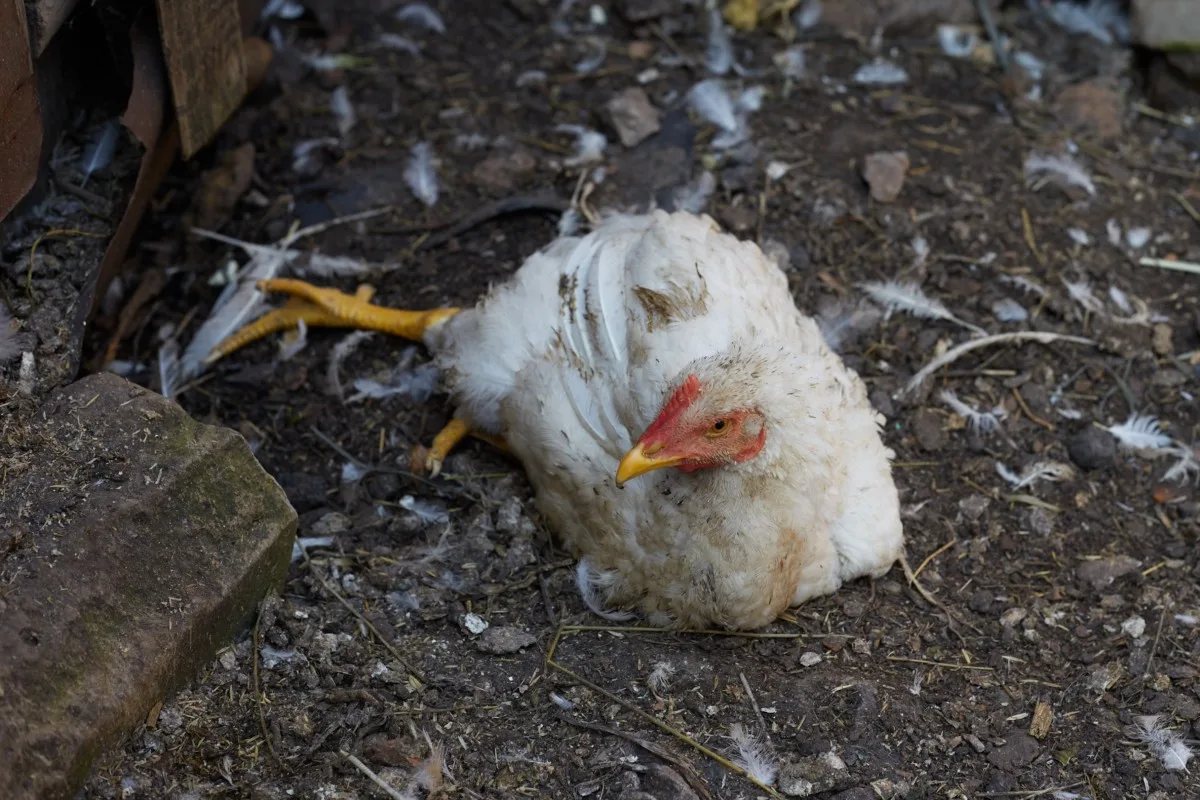
- Drooling
- Diarrhea
- Lethargy
- Head and tail drooping
- Tremors or seizures
- Hassle respiratory
- Lack of expertise to face
What to do in case you observed your hen ate a toxic plant
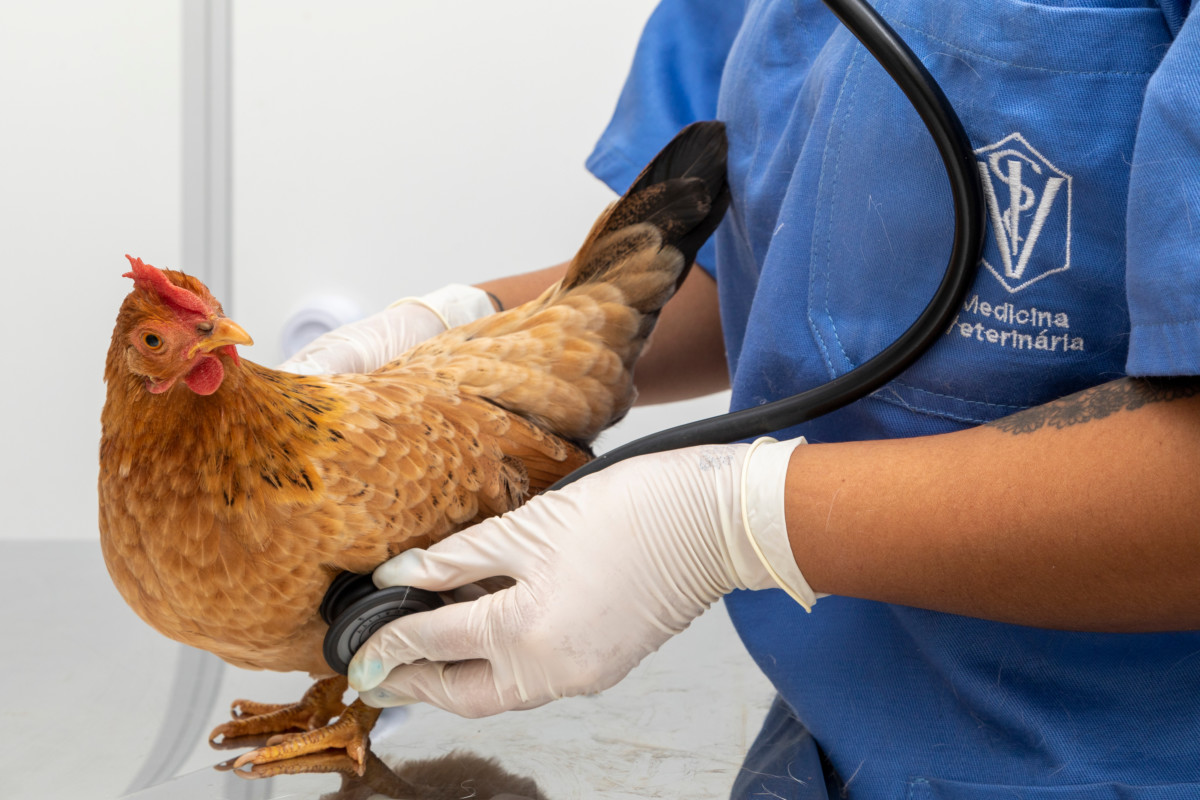
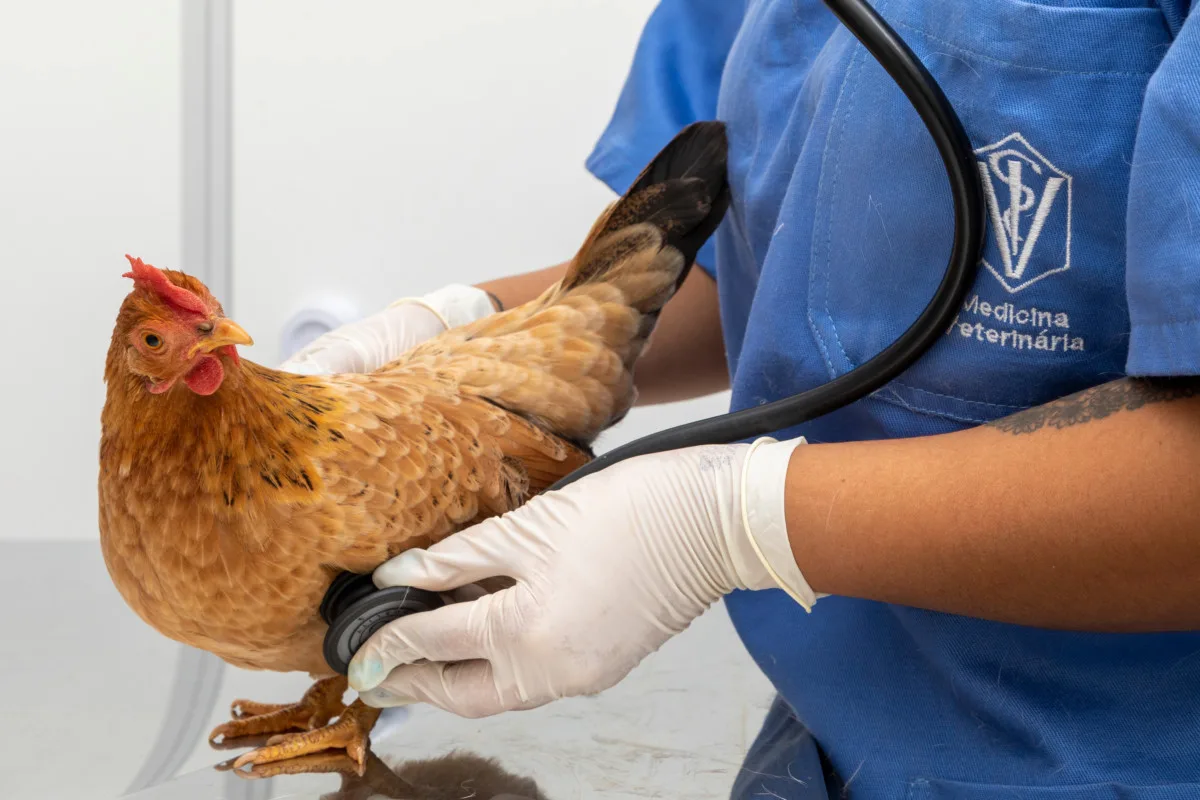
In case your hen is exhibiting the indications above it’s doable they’ve been poisoned by one situation they ate, it’s moreover doable one situation else is happening with their correctly being. Each means, one of the best state of affairs you are able to do is take the hen to the vet and have them present assist to.
For lots of who suspect or seen your hen consuming one situation toxic, take part of the plant with you to the vet, which could assist them resolve therapy.
8 Crops That Are Toxic to Chickens
If you already have loads of of those crops in your panorama it is attainable you may not should rush to tug them up immediately, barely protect watch over your chickens whereas they free-range and guarantee they’re not feasting in your crops.
We’ve had crops like rhododendron and rhubarb on our property with free-ranging chickens for 10 years and by no means had a problem with the birds attempting to eat these crops.
There are fairly just a few crops which might be toxic to chickens, we’re going to cowl a few of primarily primarily primarily probably the most usually found ones on this textual content material.
1. Foxglove
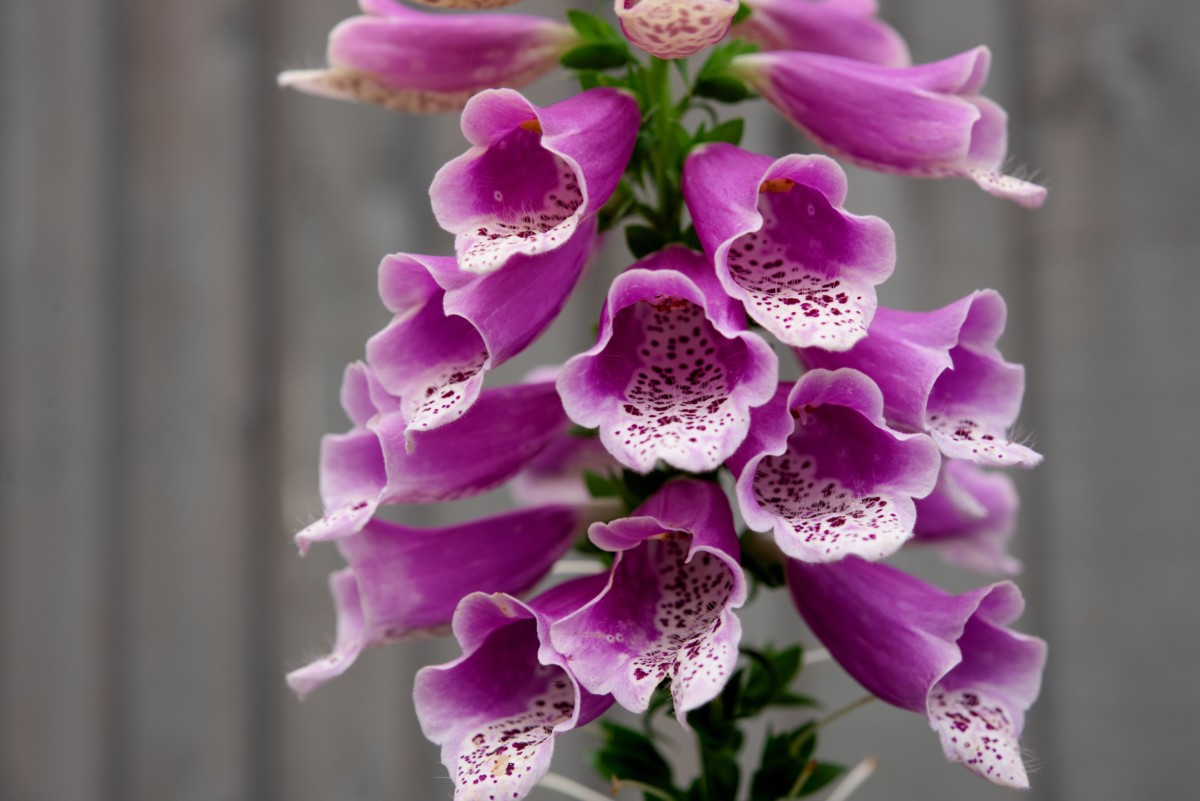

Foxgloves, whereas terribly pretty, are typically not good for chickens or totally completely completely different pets, and are even poisonous to people. Foxglove incorporates digitalis, which is a chemical that impacts the middle, inflicting low blood pressure, sluggish heartbeat, and shock.
2. Daffodil
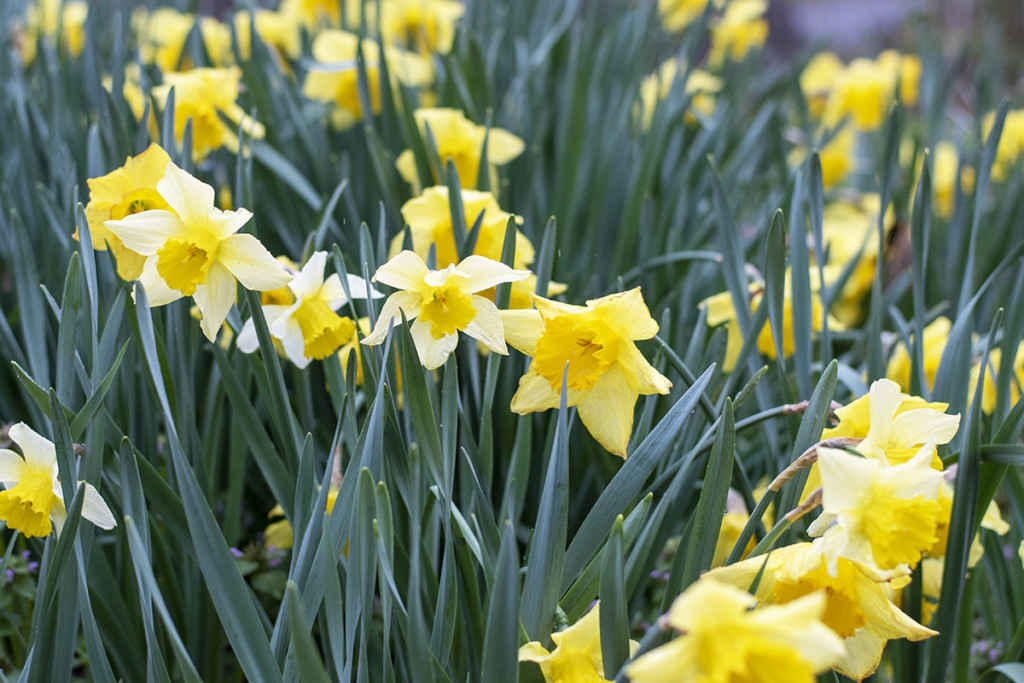
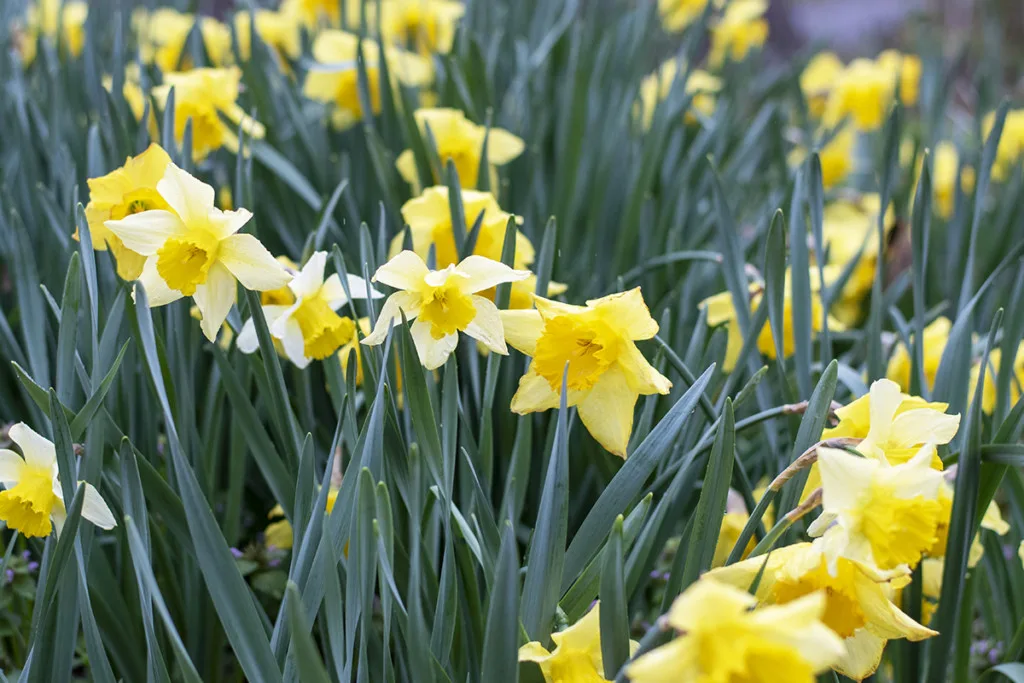
I give it some thought’s protected to say that daffodil may be going thought of certainly one of many principally grown perennial flowers, some people even have it popping up like weeds on their property. While you may need daffodils and you have got free-ranging chickens, it’s seemingly you don’t wish to fret.
The overwhelming majority of chickens merely aren’t involved about consuming this plant. For lots of who’re frightened your chickens will model the daffodils, try to defend them from free-ranging all via the early spring when daffodils are one amongst many solely inexperienced crops sprouting. Later all via the spring, it’s safer to permit them to out on account of there are quite a few extra decisions to forage.
3. Azaleas
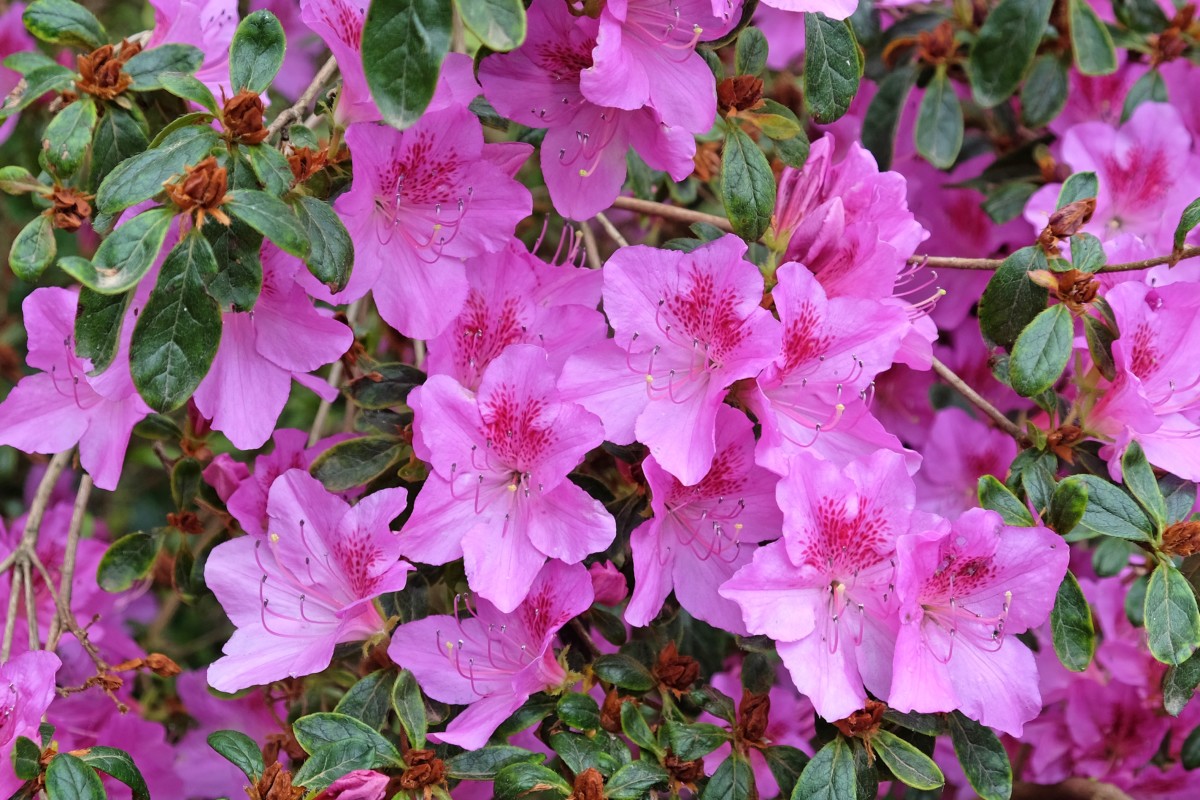
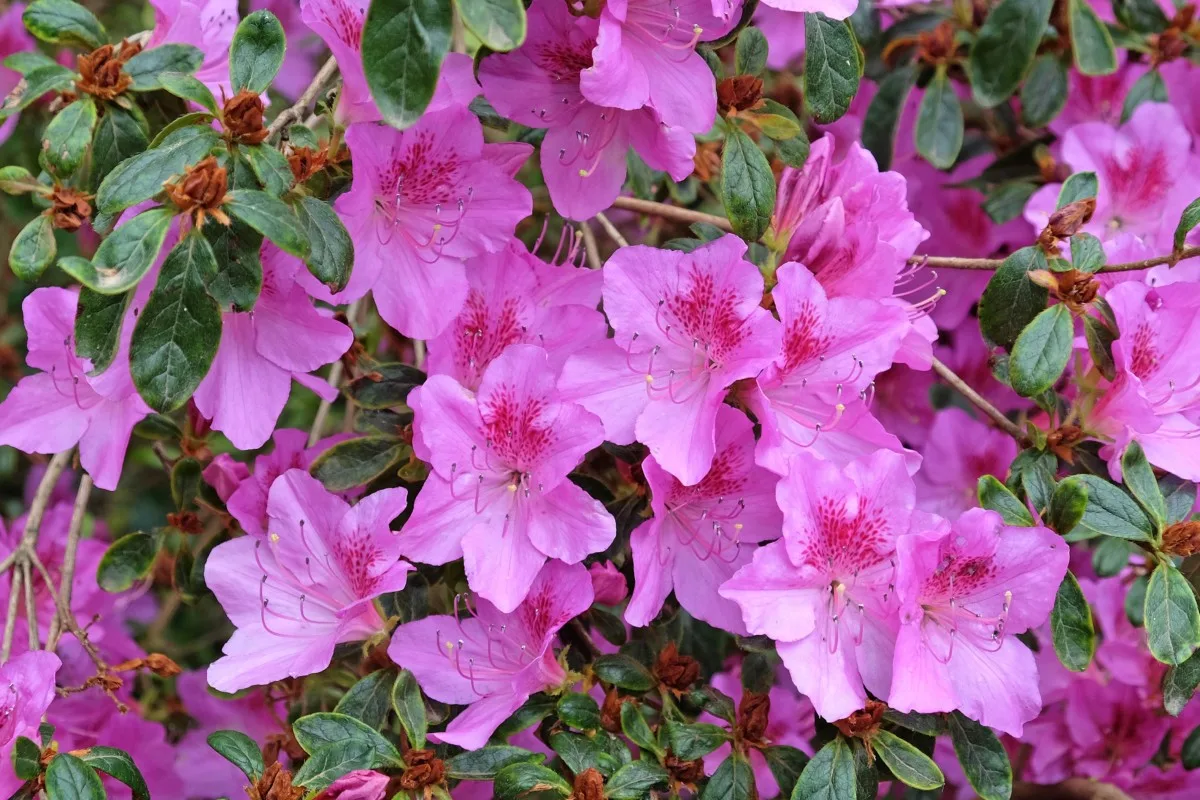
This attractive plant packs pretty the punch. Azaleas are thought-about poisonous if ingested. The azalea incorporates toxins often known as grayanotoxins which set off gastrointestinal elements, weak spot, coronary coronary coronary coronary heart components, and tremors.
In case your hen is drooling, has diarrhea, lethargy, or seizures, it’d want eaten this toxic plant. Livestock, equal to chickens, usually don’t totally get higher from the type of toxin furthermore it’s dealt with immediately by a veterinarian.
4. Rhododendron
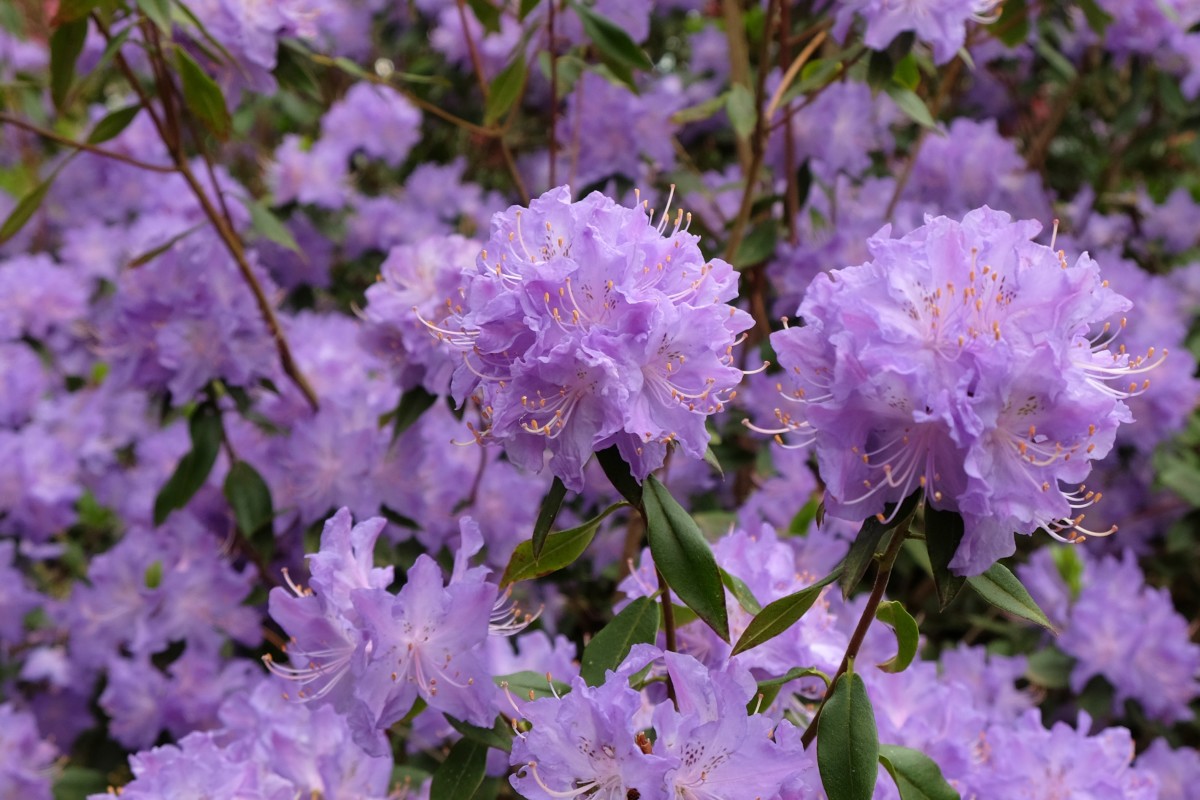
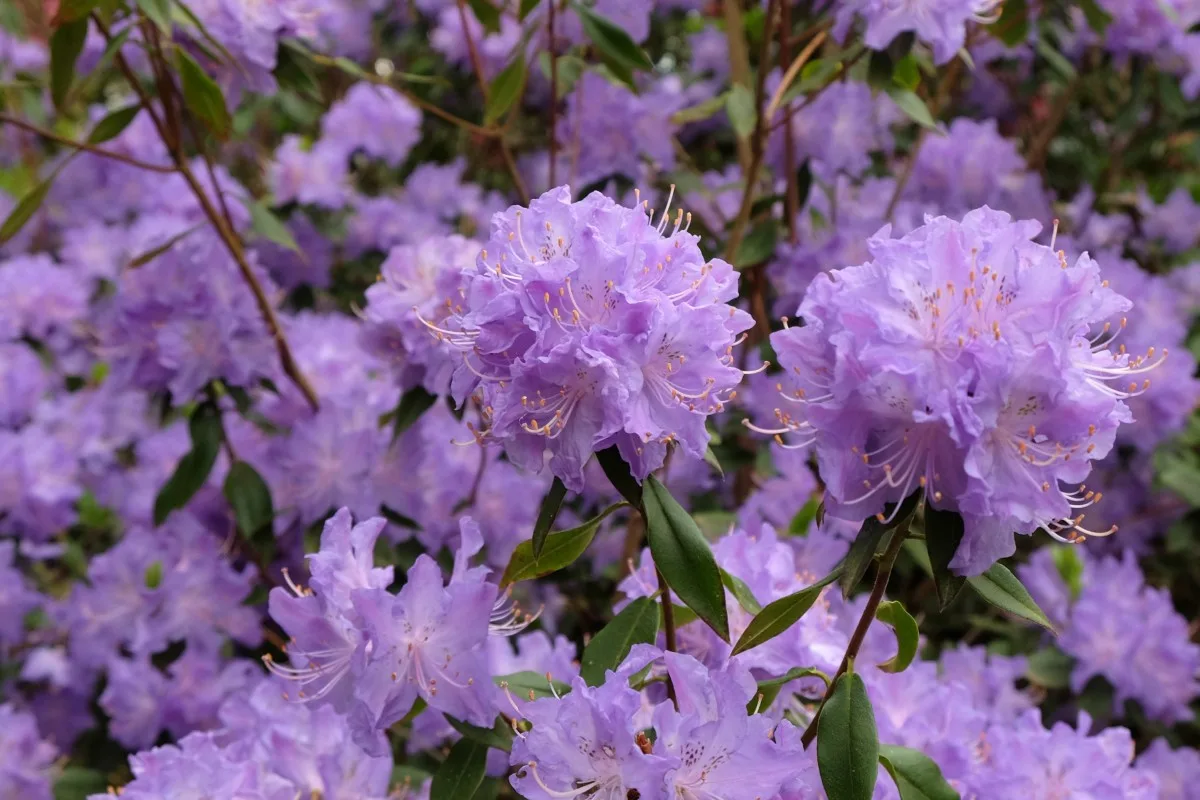
Rhododendron are poisonous for animals to eat, along with chickens. With that acknowledged, that’s usually a fairly frequent shrub to have in your yard. We had it in our yard with our free-ranging chickens for loads of years, and they also moreover by no means confirmed any curiosity in consuming it. I’ve heard the an comparable from many different hen keepers. So this one, in my data, merely is simply not an infinite concern, nonetheless in case you’re frightened you might often take away the plant or fence it off.
5. Lily of the Valley
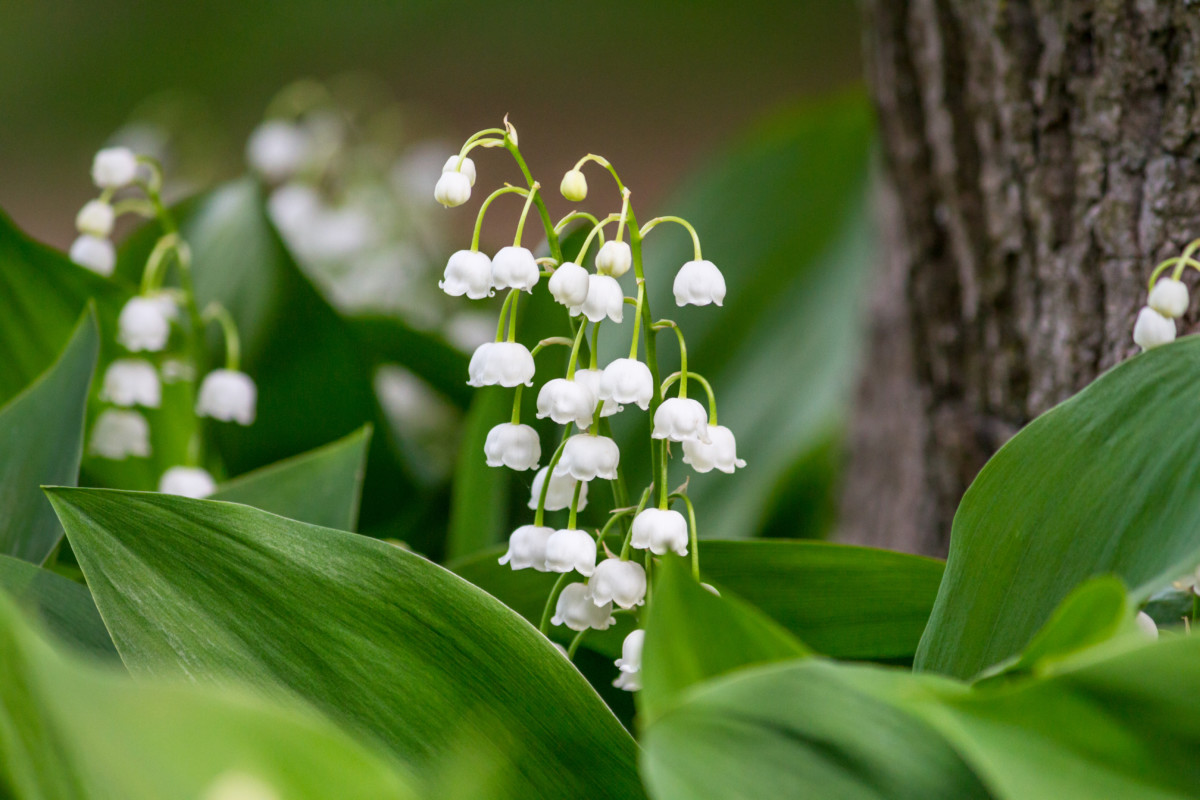
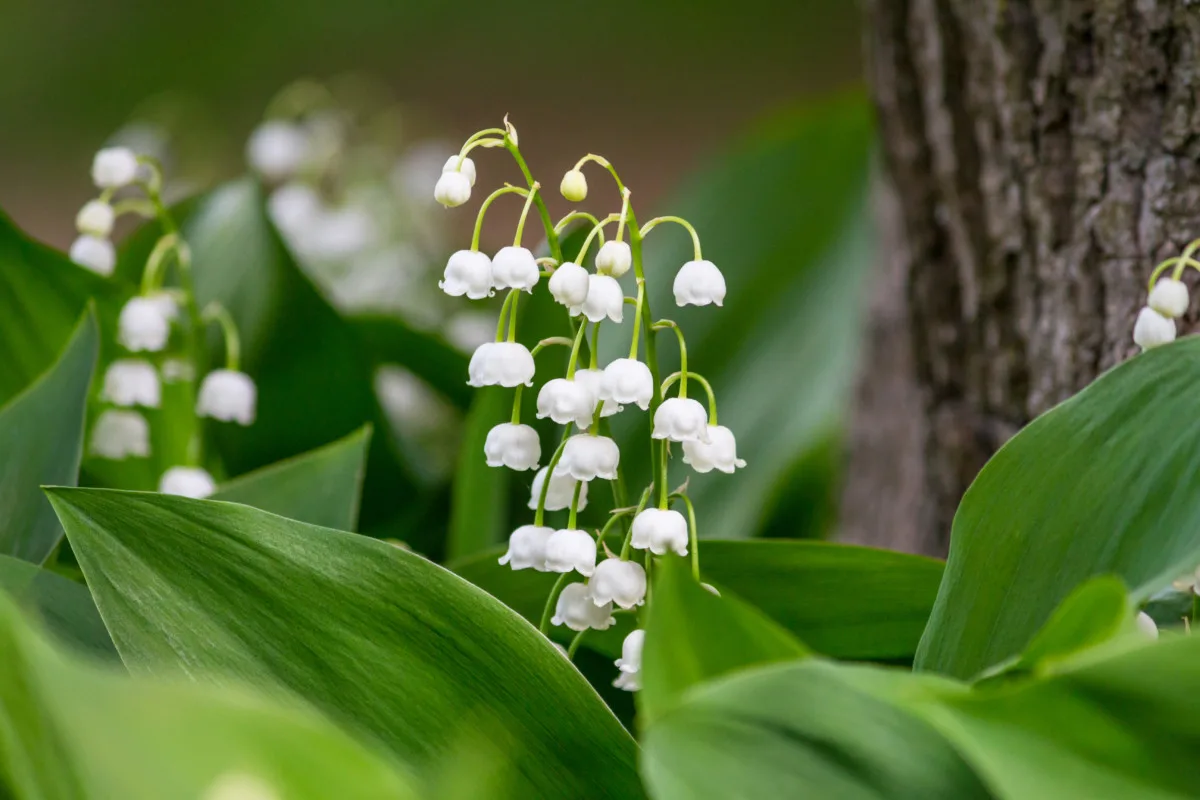
Lily of the Valley is toxic for not solely chickens nonetheless pets and different individuals as effectively. Although this plant is gorgeous and smells fairly, it’s not useful in your panorama for individuals who’ve obtained chickens.
The plant incorporates cardiac glycosides which impact the pumping of the middle. This plant is so toxic it could correctly even hurt adults if it’s ingested. As little as two leaves eaten can present lethal. That’s one to keep away from for sure!
6. Beans

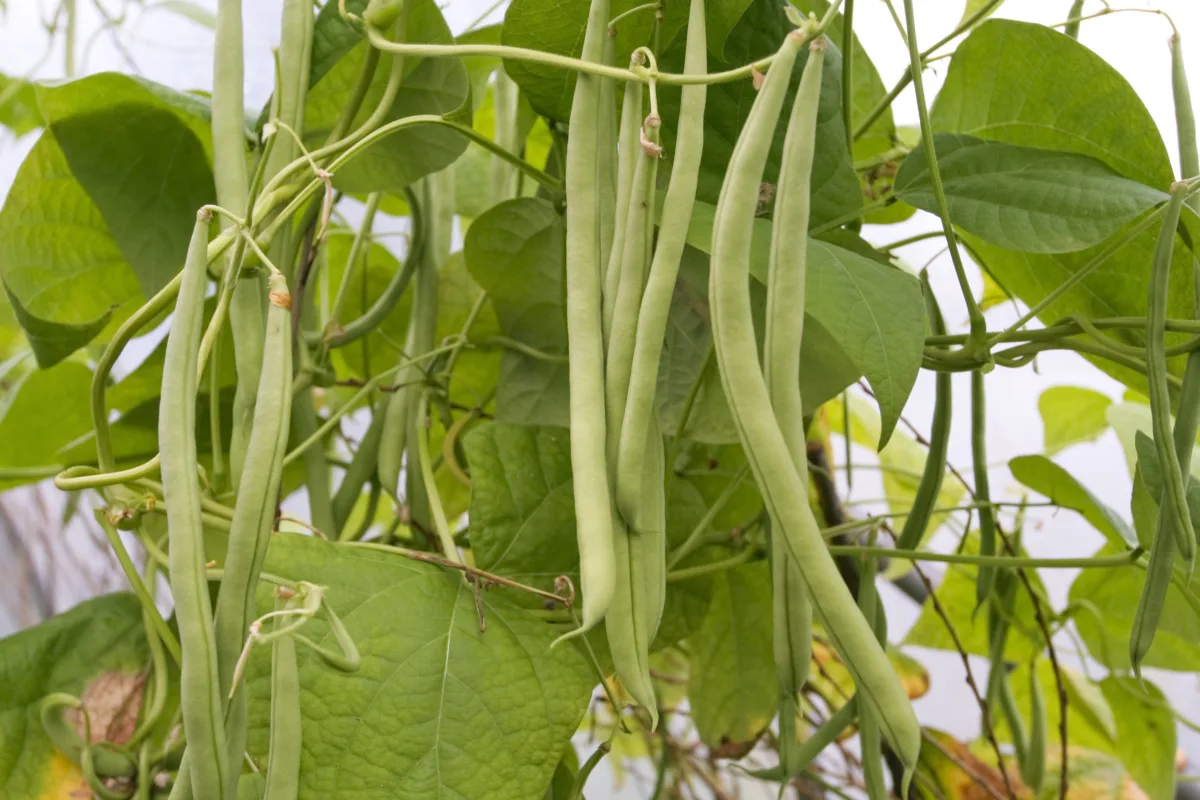
Cooked beans are completely high-quality for chickens to eat, nonetheless, raw uncooked beans or dried beans are typically not. Uncooked beans comprise hemagglutinin, a toxin which is ready to make your chickens sick. For lots of who develop beans in your veggie yard it is liable to be a unbelievable suggestion to cope with them fenced off so your chickens aren’t tempted to eat them.
7. Ferns
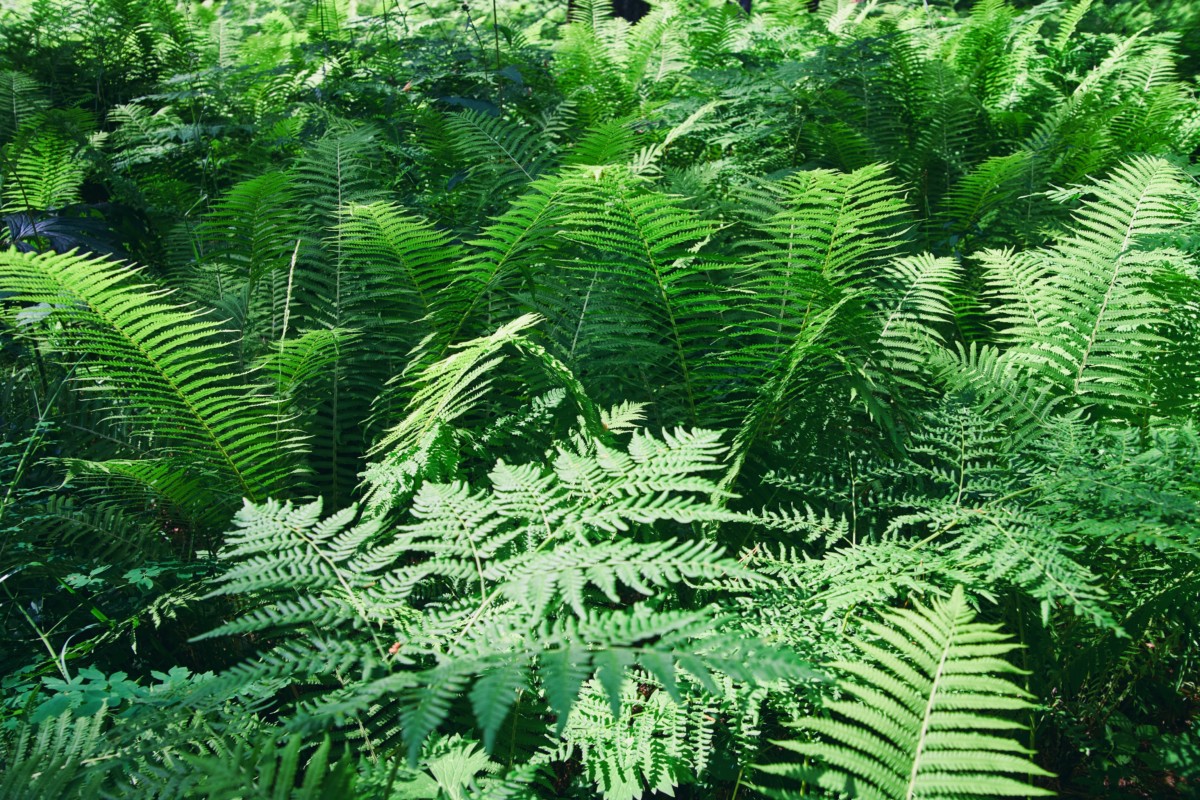
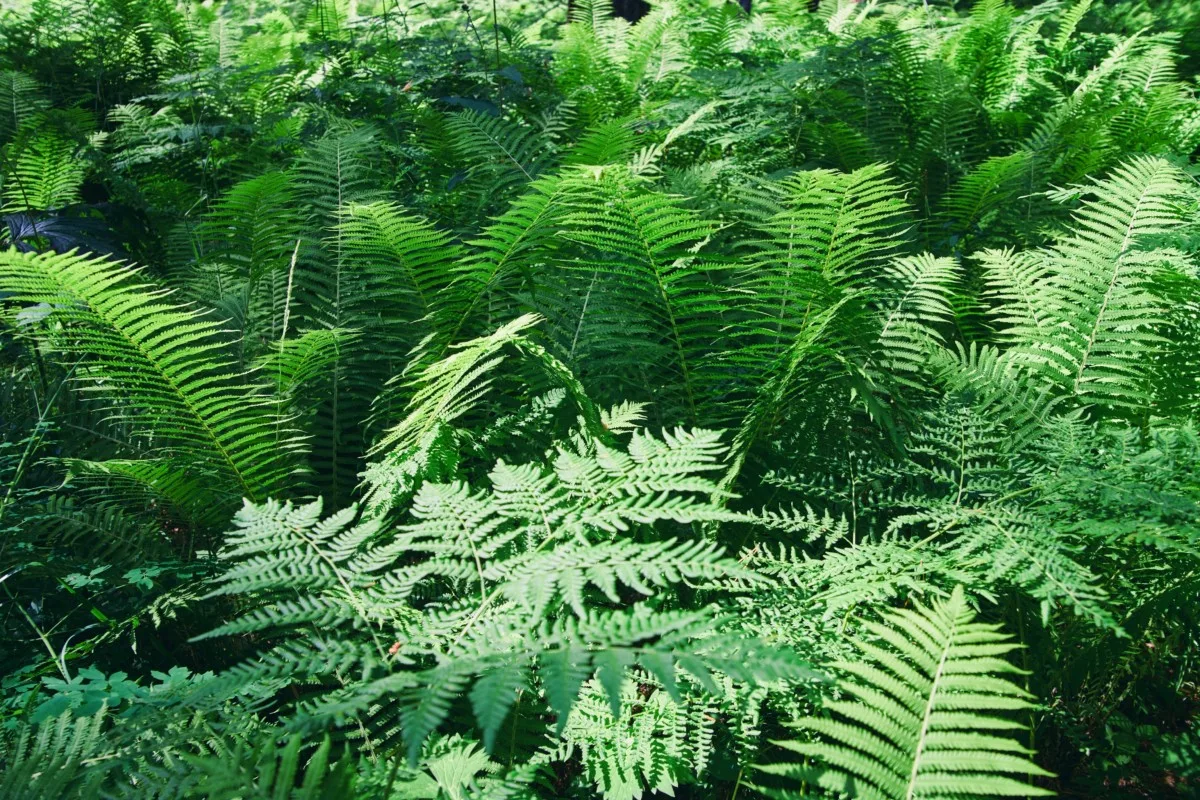
Let me preface this one by saying that we personally have tons of untamed and cultivated ferns rising on our property and our free-range chickens don’t contact them. We’ve by no means had a problem and by no means needed to fence them off.
Bracken fern notably can poison chickens all through the occasion that they eat a significant amount of it. Poisoned chickens will drop extra kilos, bear from anemia, and may have tremors. While you may need this explicit type of fern in your land it’s maybe a unbelievable suggestion to remove it or defend your chickens away from it.
8. Rhubarb
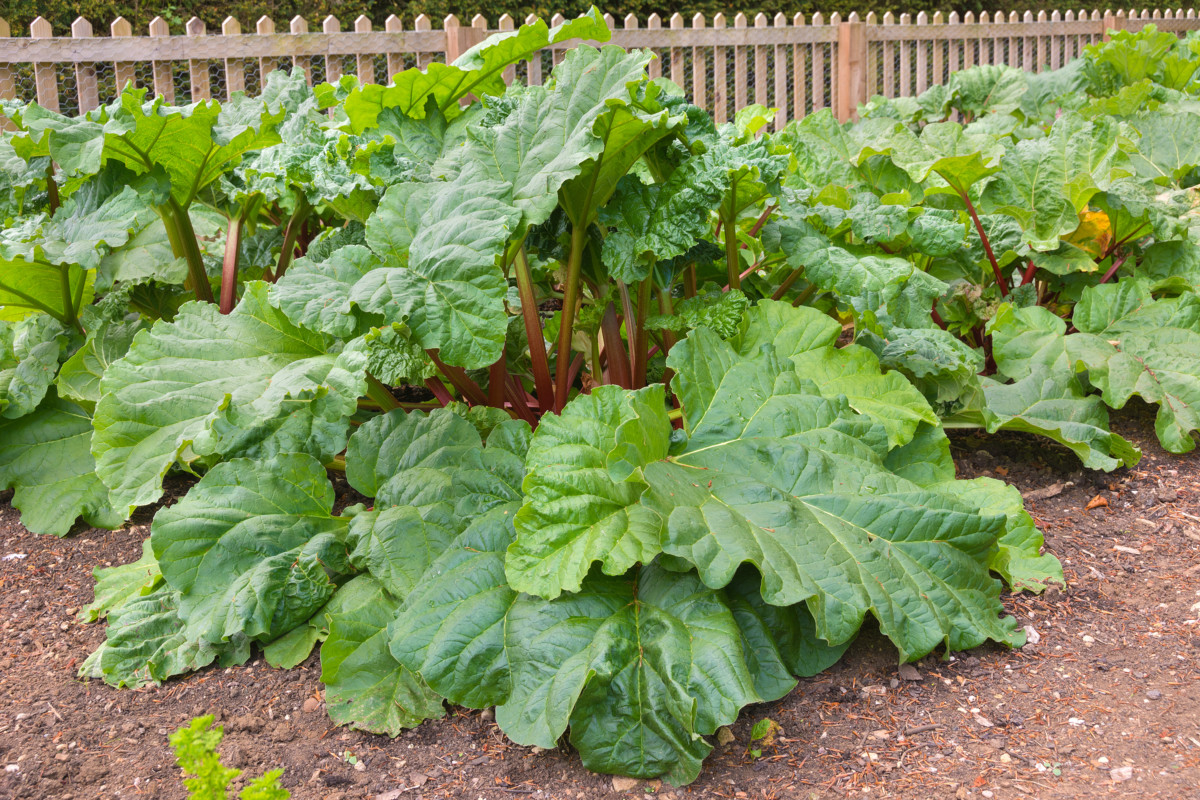
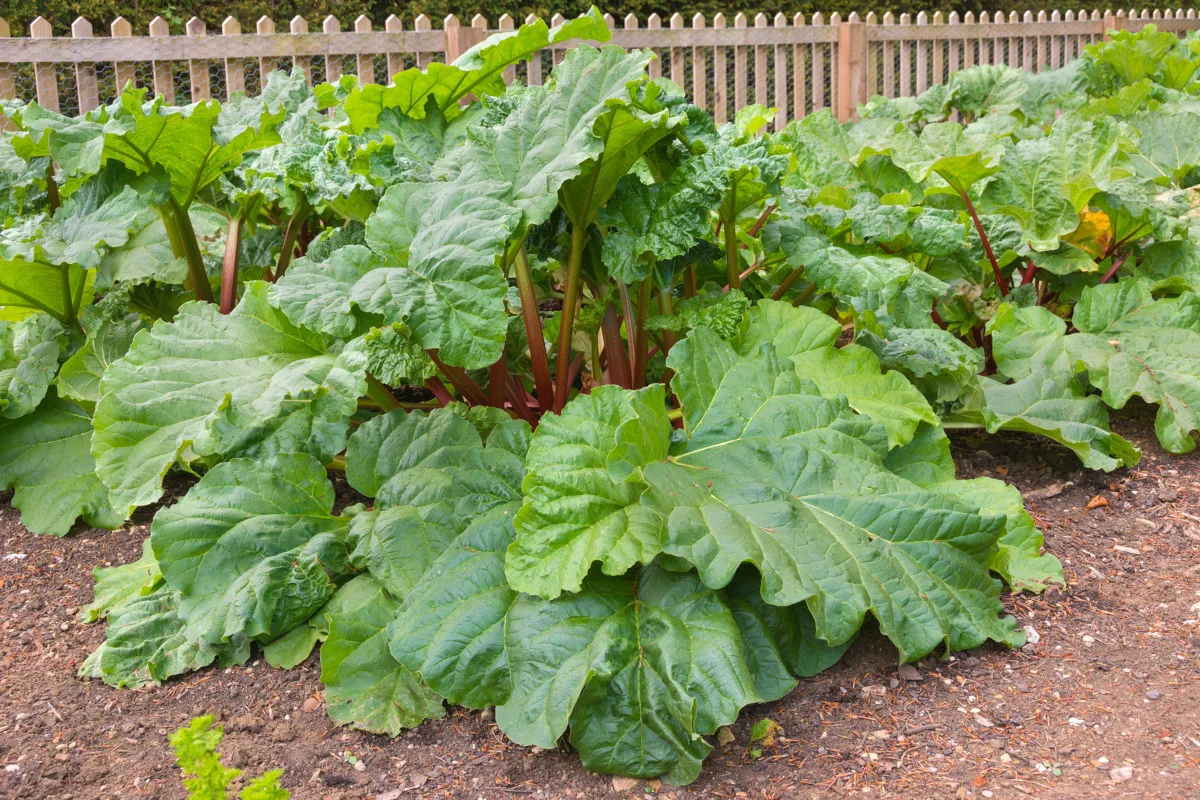
Rhubarb leaves are toxic for chickens and loads of totally completely completely different animals on account of they comprise extreme ranges of oxalic acid.
Many gardeners develop this perennial plant for its tart stem, which is used principally in baked units. In our experience chickens are inclined to keep away from consuming rhubarb, nonetheless they prefer to dig and scratch spherical it, which could hurt the tender leaves. Best to cope with this plant fenced off for individuals who’ve obtained free-ranging chickens.
9. Nightshades – Potatoes, Tomatoes, Eggplant, Peppers & Extra
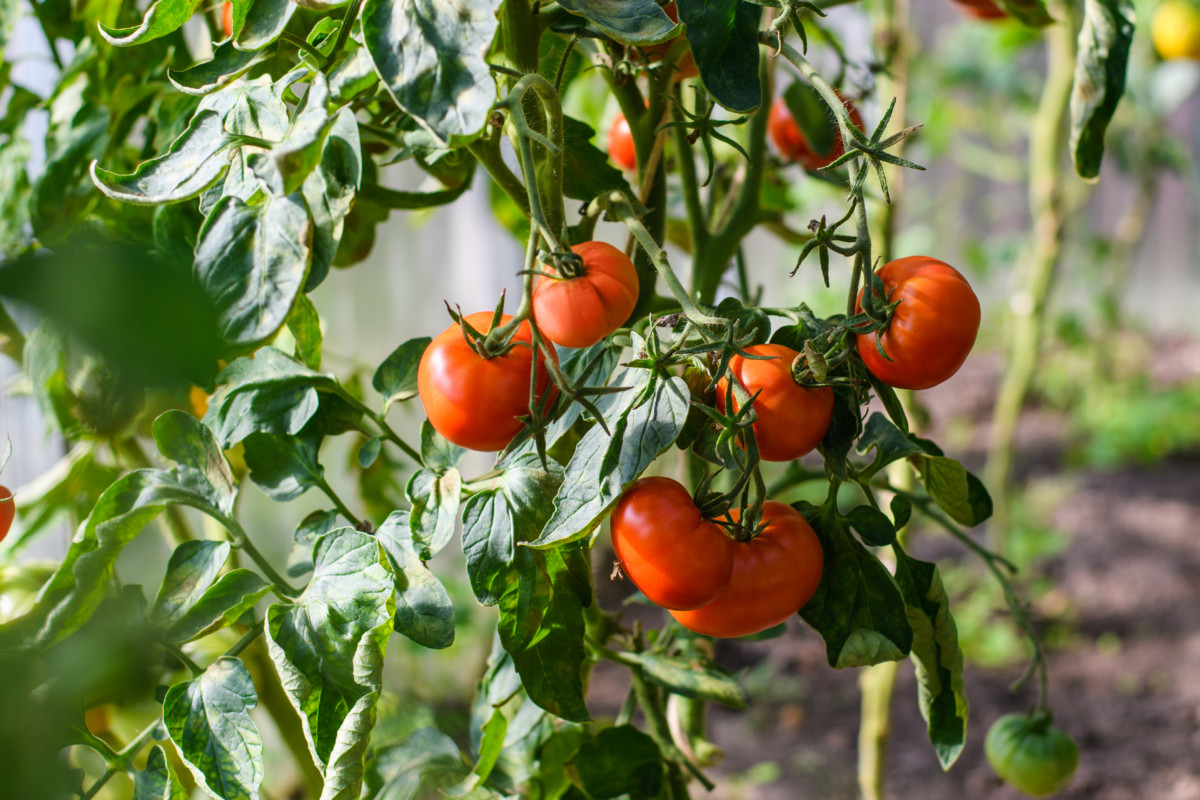
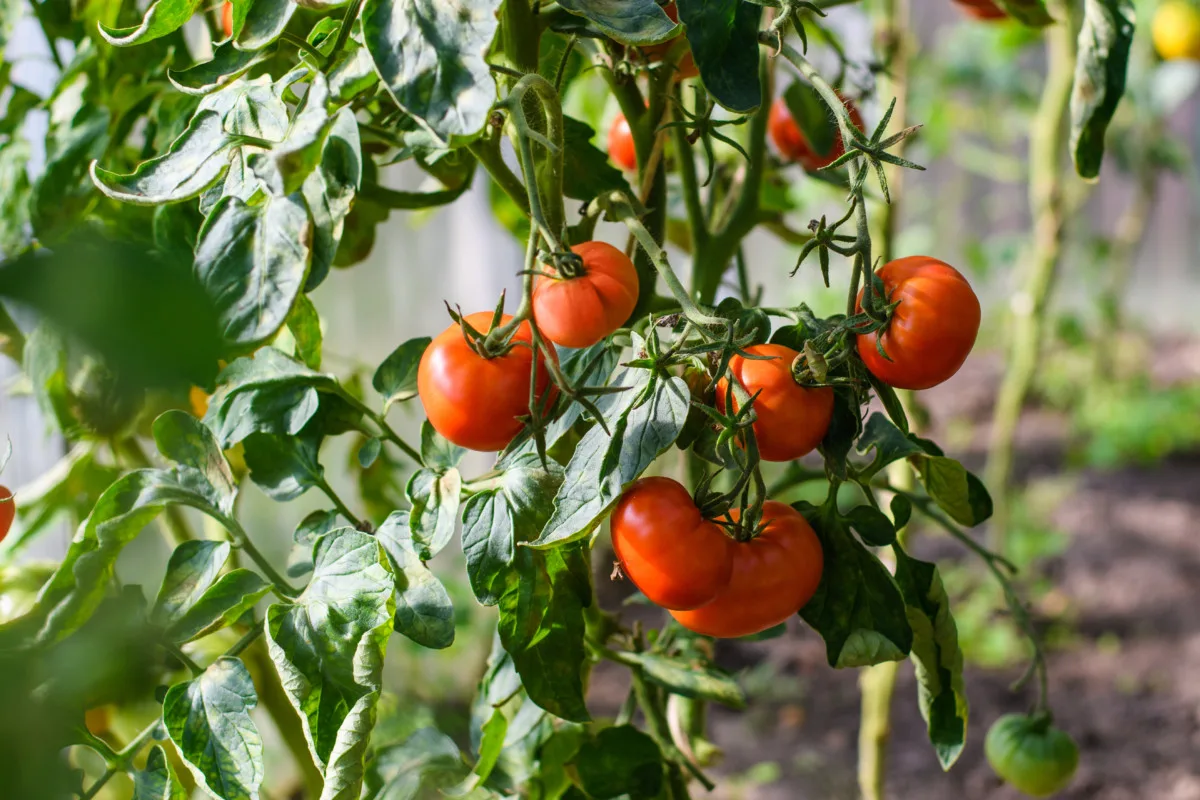
That’s usually a hard class on account of many people who elevate chickens moreover develop a vegetable yard containing loads of of those crops. We truly do, and you may too in case you observe some major pointers.
Fence off your yard in case you develop nightshade crops. Not solely will it defend your chickens from consuming what they’re not alleged to, nonetheless it may possibly moreover defend your crops out of your chickens and one different creatures that happen upon them.
Don’t allow your chickens to eat the leaves of nightshade crops or immature fruit. Inexperienced potatoes and inexperienced eggplant comprise solanine, which is a toxin.
You presumably can, nonetheless, feed your chickens ripe tomatoes, cooked potatoes, and cooked eggplant, merely accomplish that sparsely.
There are over 70 crops all via the nightshade family, nonetheless these are these you’re most undoubtedly to have in your property.
- Tomatoes
- Potatoes
- Eggplant
- Peppers
- Goji Berry
- Belladonna (deadly nightshade)
- Pimento
- Yard Huckleberry
- Gooseberry
Utterly completely completely different Toxins to Stay away from
It’s not solely toxic crops that you just merely wish to take into account when you’ve acquired free-ranging chickens. There are totally completely completely different hazards to cope with observe of too.
For lots of who free-range your flock, by no means spray herbicides or pesticides in your yard. These chemical compounds comprise so many toxins which might be deadly to birds. Free-ranging chickens eat a complete lot of weeds, grasses, and bugs that they uncover in your yard, in case you poison these crops and animals, you’re poisoning your chickens too. Not solely is that this not good for the correctly being of your birds, nonetheless in case you eat their eggs, you’re getting trace components of those chemical compounds too.
Be careful with components like non-organic fertilizer and grass seed. Fairly just a few these are moreover full of chemical compounds that are not good in your birds. For lots of who do lay down seed or fertilizer, it pays to attend per week or two sooner than letting out your flock to free-range. On the very least you don’t want your chickens disrupting all your arduous work in your panorama, nonetheless it may possibly moreover defend them from chemical compounds too.
Fortuitously there could also be an abundance of pure decisions for treating your yard and yard which is ready to defend your panorama, chickens, and your self protected and healthful!
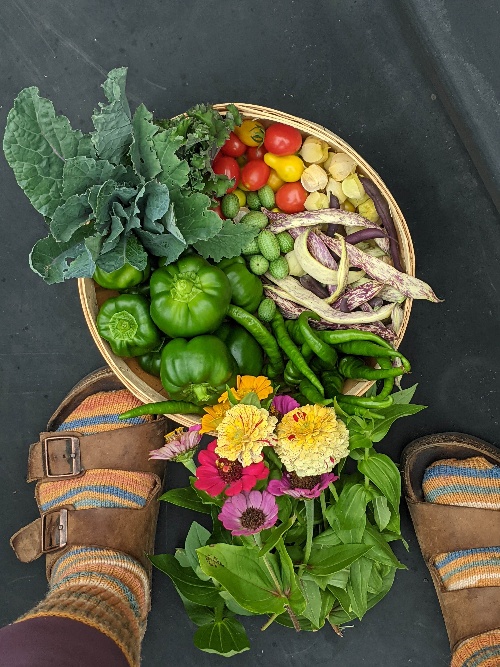
Get the well-known Rural Sprout publication delivered to your inbox.
Along with Sunday musings from our editor, Tracey, along with “What’s Up Wednesday” our roundup of what’s in season and new article updates and alerts.


